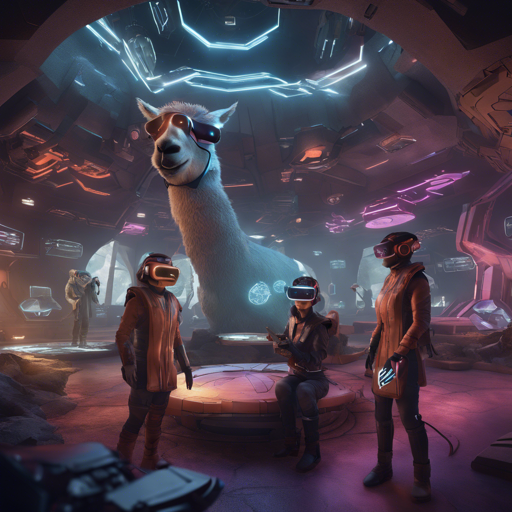Are you ready to dive into the abyss of creativity and imagination? The Llama 3.1 model offers a unique approach to generating text, especially for role-playing scenarios. In this article, we will guide you through the steps of using this powerful model, highlight its features, and provide troubleshooting tips to ensure a smooth experience. Let’s get started!
Getting Started with Llama 3.1
The Llama 3.1 model is designed to create uncensored, creative, and immersive role-play experiences. Before we jump into how to utilize it, let’s explore some key features of this model.
- Immersive Role Play: Allows for deep engagement in fictional scenarios.
- Dynamic Settings: You can adjust various parameters to fine-tune responses.
- High-Quality Outputs: Provides coherent and diverse text generation.
Setting Up the Model
To begin using the Llama 3.1 model, follow these essential setup steps:
- Visit the model repository at Hugging Face.
- Download the model files that suit your project needs.
- Follow installation instructions available in the README to set up the library.
Understanding the Code
The following code snippet enables the interaction with the Llama 3.1 model, incorporating settings that optimize response quality. Imagine this process as setting a stage for a theater performance, where each element contributes to the overall spectacle.
{
"temp": 0.7,
"top_p": 0.9,
"top_k": 30,
"rep_pen": 1.1,
"context_tokens": 16384
}
In this analogy, consider the following:
- temp (Temperature): Think of it as the mood lighting in a theater. A low temperature brings order and predictability (like soft white light), while a high temperature brings thrilling unpredictability (like dramatic red lights).
- top_p: This corresponds to the range of emotions an actor can portray. A wide range (0.9) allows for diverse, yet coherent performances, akin to an actor drawing from various emotional experiences.
- rep_pen (Repetition Penalty): This feature ensures that the actor doesn’t overuse certain phrases, much like a director avoiding repetitive dialogue in a script.
Sample Outputs
Here’s a taste of what the Llama 3.1 model can generate:
The darkness of the abyssal depths envelops me as I descend into the heart of the underwater city...
This excerpt showcases the model’s ability to craft enthralling narratives filled with vivid imagery.
Troubleshooting Common Issues
While using Llama 3.1, you may encounter some issues. Here are some common fixes:
- Output Quality: If the outputs are not coherent, try adjusting the temperature and top_p settings to find a better balance.
- Installation Errors: Ensure all dependencies are correctly installed according to the README instructions. Double-check the version compatibility.
- Performance Lag: If the model is slow in response, consider reducing the context length to manage computational resources better.
For more insights, updates, or to collaborate on AI development projects, stay connected with fxis.ai.
Conclusion
Using the Llama 3.1 for text generation can transform your role-playing experiences into something extraordinary. By understanding its parameters and utilizing them effectively, you can create engaging and immersive stories that captivate your audience.
At fxis.ai, we believe that such advancements are crucial for the future of AI, as they enable more comprehensive and effective solutions. Our team is continually exploring new methodologies to push the envelope in artificial intelligence, ensuring that our clients benefit from the latest technological innovations.

